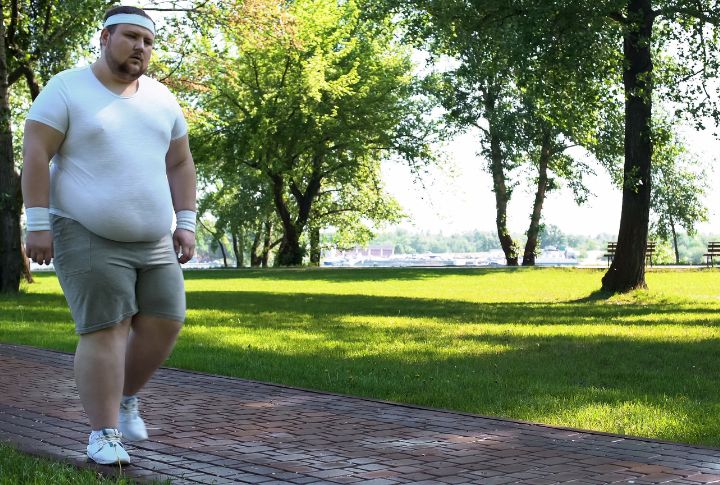
Walking is one of the simplest and most effective forms of exercise, making it a popular choice for those looking to lose weight. This activity is accessible to individuals of all fitness levels and can be effortlessly incorporated into daily routines. By understanding the science behind caloric expenditure, we can optimize our walking routines to maximize weight loss and overall health benefits. Let’s look at the key factors influencing calorie burning during walking.
Body Weight Impact

The amount of calories lost while walking varies with body weight. Heavier individuals deplete more calories due to the increased energy needed to transport a larger mass. For example, a person weighing 200 pounds burns about 100 calories per mile, while someone weighing 150 pounds burns about 65 calories per mile when walking at the same pace.
Walking Speed

Walking briskly, typically defined as a speed of around 3 to 4 miles per hour, amplifies the exercise’s effectiveness in calorie consumption. Increasing walking intensity elevates heart rate and metabolism, engages larger muscle groups, and increases oxygen intake, resulting in a more substantial calorie depletion than a stroll.
Terrain Influence

Different terrains can significantly impact the amount of energy expended during exertion. For instance, traversing uphill terrain or navigating uneven surfaces such as trails demands heightened muscle engagement, stimulates different muscle groups, and energy expenditure. This increased strain enhances cardiovascular wellness and amplifies calorie decrease compared to walking on a flat, smooth surface.
Age and Metabolism

As people age, their metabolism slows down due to decreased muscle mass, hormonal changes, and several other factors. Older adults may experience reduced physical fitness, leading to less efficient movement patterns and diminishing the calorie expenditure associated with walking. Moreover, age-related conditions such as arthritis or cardiovascular issues may also impact mobility and energy spent during walking.
Fitness Level Effects

Over time, regular walkers experience enhanced stride efficiency and may find themselves burning fewer calories at the same walking intensity. Such improvement results from their muscles becoming more adept at the activity. However, to counteract this reduced calorie depletion, they can increase their walking pace, extend the duration, or incorporate complexities into the routine.

Comments
Loading…